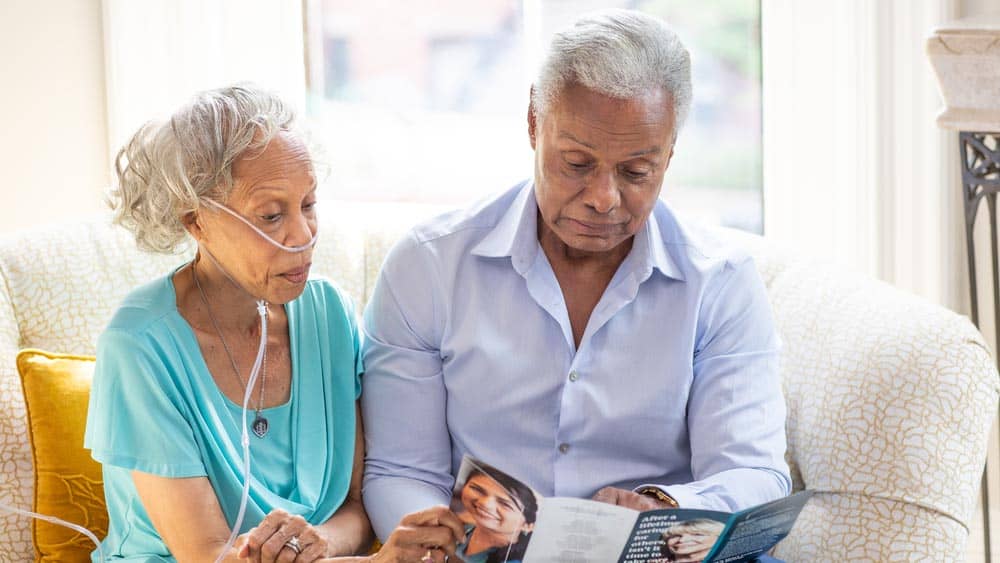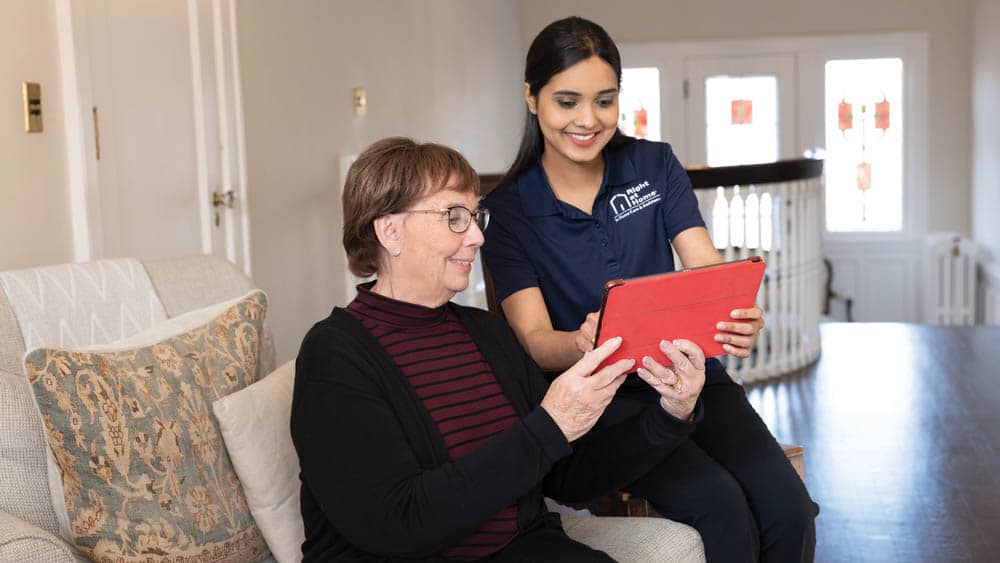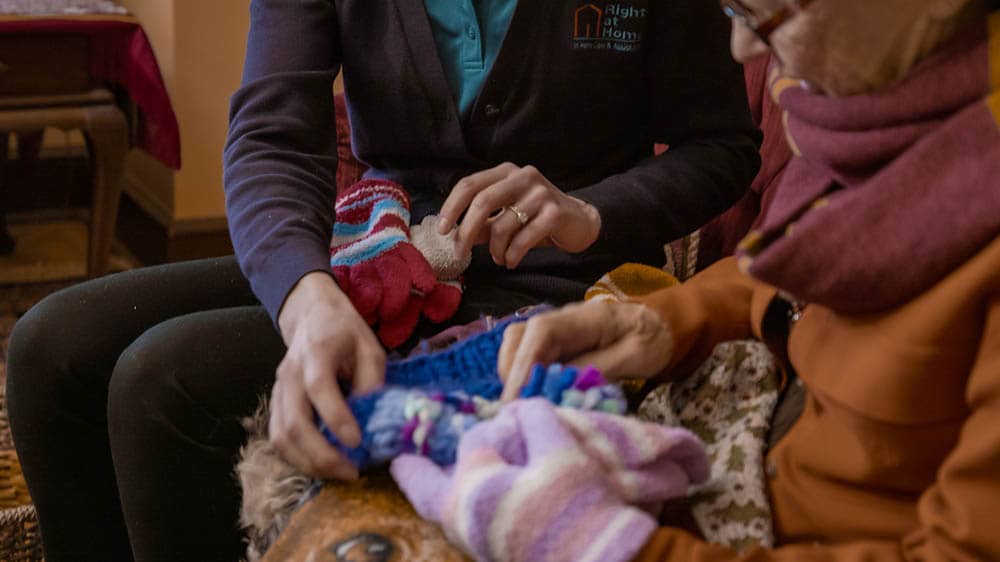

3 Indicators That It Might Be Time to Bring In Outside Help
My friend Laura’s mother used to say, “Stan’s brain doesn’t work so well anymore, and my knees, hips and eyes are pretty well shot. Neither one of us is worth a hoot alone, but when we combine our various body parts that still work, we operate as one pretty good functioning person.”
It’s not unusual for couples who have lived together for a long time to learn how to adapt, adjust and compensate for their spouse’s weaknesses. They make it work until something happens and everything falls apart.
You don’t always have to wait until an emergency happens to get help, though. Here are three indicators that it might be time to bring in some help:
- Routine: People need outside help when they lose the ability to maintain a routine and do certain things for themselves. It is not uncommon to need help in some of the following areas:
- Driving to a doctor appointment.
- Buying groceries and preparing meals.
- Taking care of personal needs, such as bathing, dressing and using the toilet.
- Doing housework.
- Safety: It’s time to bring in help if there are cognitive or mobility issues that make it dangerous for a loved one to be alone. If they can’t remember to turn off the burners on the stove, or if they are experiencing frequent falls, it is important to have a companion who can provide a watchful eye and helping hand to assure they don’t get hurt. Tragedies can happen in the blink of an eye, or when a back is turned.
- Loneliness and Boredom: Long stretches of time without social interaction can often lead to depression. Bringing a nonmedical home care companion into the home can feel like switching on a light in a dark room. We all get tired of our own stories. Conversations among family members often become routine and mundane. A happy, energetic and empathetic companion can provide new stories and listen to old ones with interest, which makes the care receiver feel like he/she is a person still worthy of friendship.
Acknowledging the Need for Help
It isn’t always easy to acknowledge that a loved one can no longer manage on his/her own. But once you accept outside help, you might be surprised at how much it will not only lighten your load, but will also brighten your loved one’s day.
Is it time to bring in some extra help for your loved one? If so, Right at Home can provide companionship and/or personal care needs tailored to their wishes. Contact us for a free consultation!







